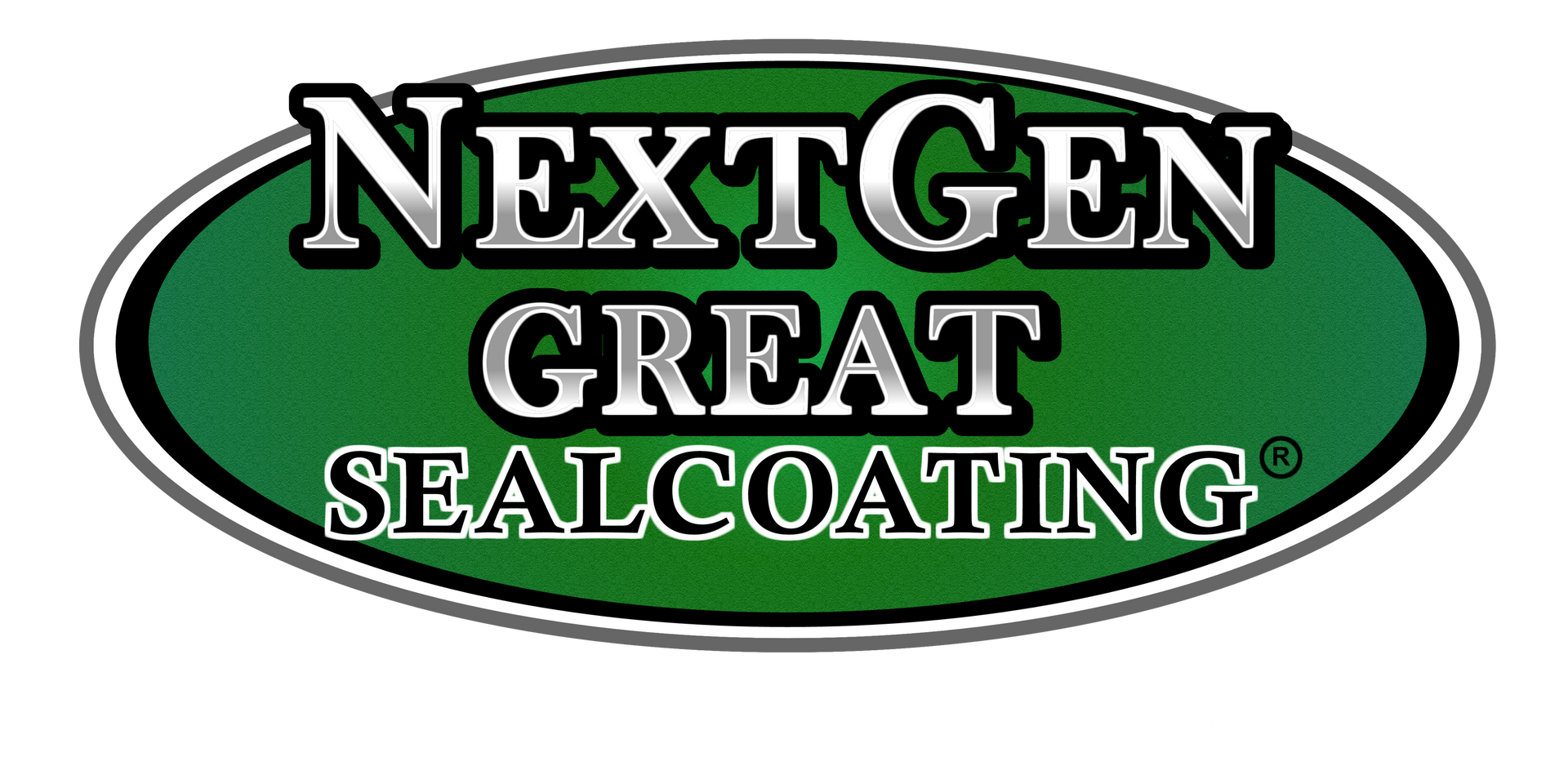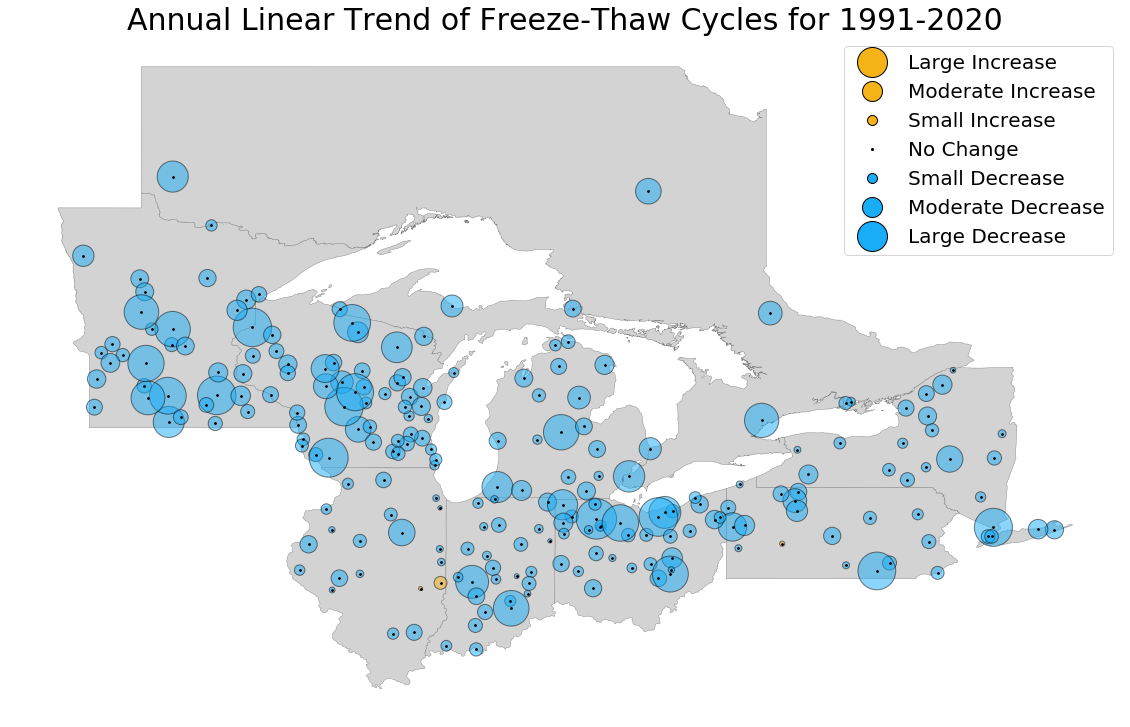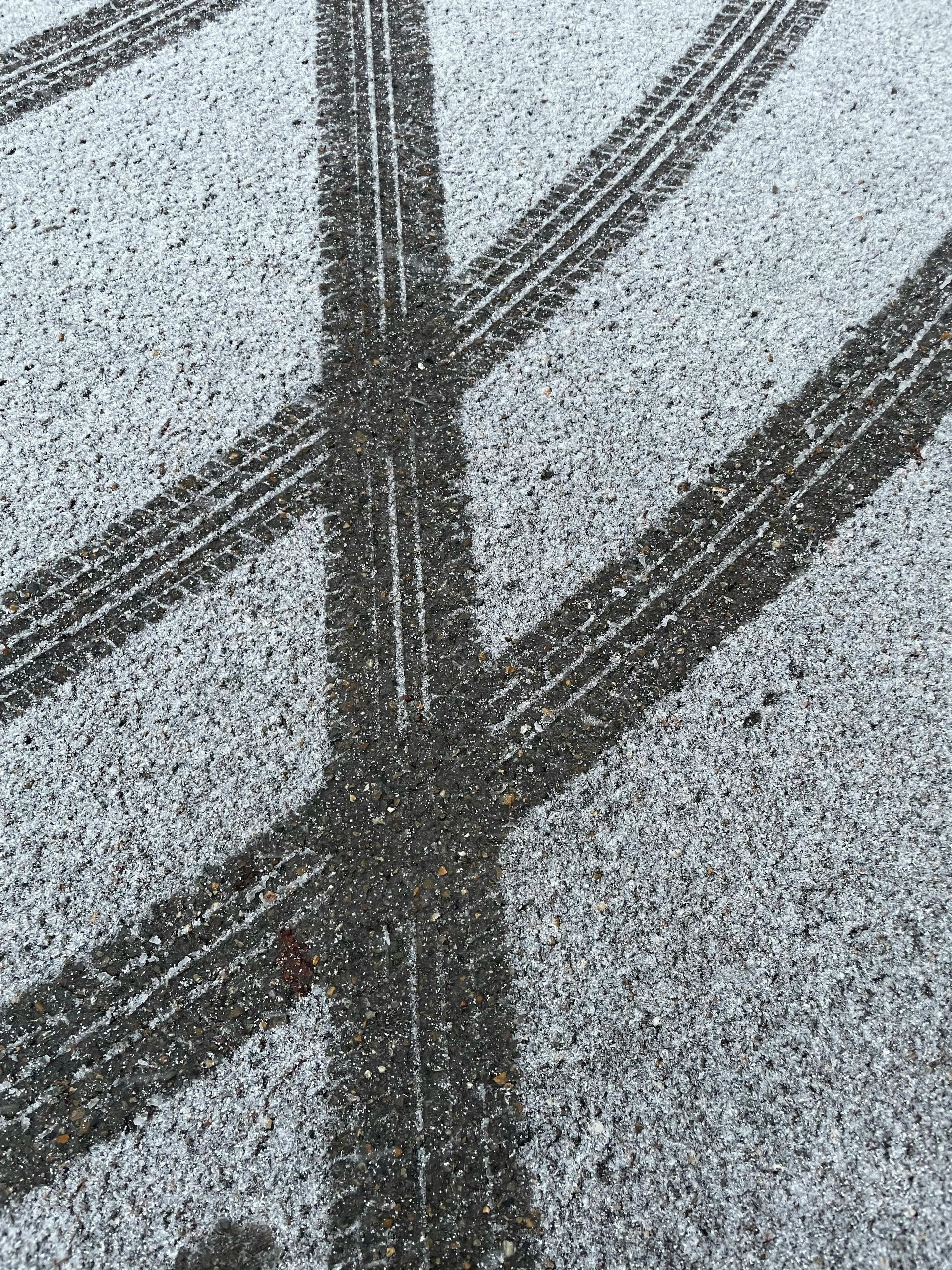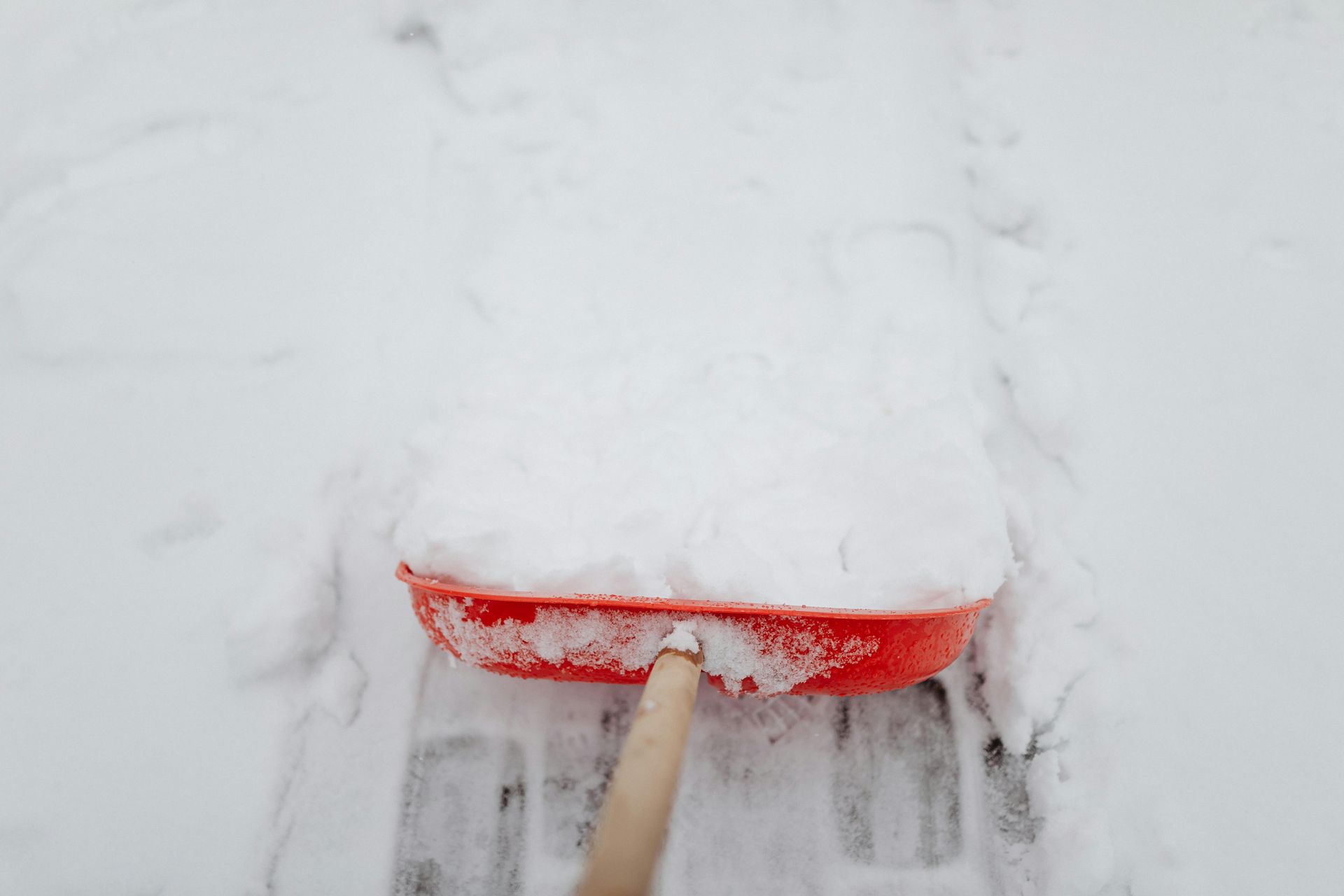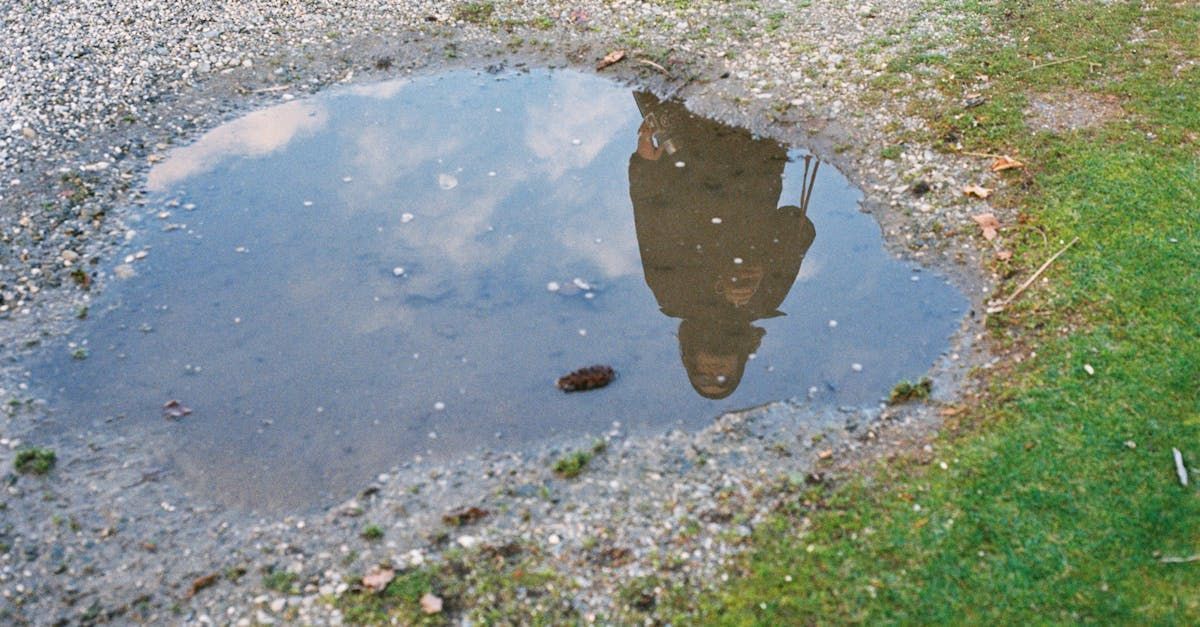How Snow and Ice Effect Sealcoating in the Winter
Sealcoating is a vital aspect of asphalt maintenance, playing a significant role in extending the lifespan of driveways and parking lots. However, when winter arrives, the combination of snow and ice presents unique challenges to this protective layer. Understanding these challenges is essential for property owners looking to maintain the integrity and appearance of their paved surfaces throughout the cold months.
In this comprehensive guide, we will delve into the impact of snow and ice on sealcoating, explore best practices for winter care, and answer pertinent questions related to asphalt sealing. This will enable you to make informed decisions and ensure your surfaces remain in optimal condition during the harsh winter season.
Photo By; EAPA
The Importance of Sealcoating
Sealcoating is the process of applying a protective layer to asphalt surfaces to safeguard them from elements such as water, oils, and ultraviolet rays. This coating acts as a barrier, preventing moisture from penetrating the asphalt and causing damage. It also enhances the visual appeal of the surface, giving it a fresh, black finish.
Is Sealing a Driveway Necessary?
One of the most frequently asked questions by property owners is whether sealing a driveway is necessary. The answer is unequivocally yes. Sealcoating not only prolongs the life of the asphalt but also reduces maintenance costs by preventing cracks and potholes that can result from exposure to the elements.
Regular sealing, ideally every two to three years, is essential to maintaining a durable and aesthetically pleasing driveway. This routine maintenance is particularly crucial before the onset of winter, as snow and ice can exacerbate existing vulnerabilities in the asphalt.
Impact of Snow and Ice on Sealcoating
Winter introduces a host of challenges that can compromise the effectiveness of sealcoating. The presence of snow and ice can lead to several issues:
How Ice Affects Sealcoating
Ice is particularly detrimental to sealcoated surfaces. When water seeps into small cracks and freezes, it expands, leading to the formation of larger cracks and potholes. This process, known as freeze-thaw cycling, can severely damage the integrity of the sealcoating and the underlying asphalt.
Additionally, the use of
de-icing salts can further degrade the sealcoat, as these chemicals can penetrate the protective layer and accelerate the breakdown of the asphalt.
How Long After Sealing Driveway Can I Drive On It?
An important consideration when sealcoating is the
curing time, which is the period required for the sealant to fully set and provide optimal protection. Generally, it is recommended to wait at least 24 to 48 hours after sealing before driving on the surface. However, in colder temperatures, the curing process may take longer. Ensuring the sealcoat is completely cured before exposing it to traffic is critical to preventing premature wear and damage.
Photo By: Glisa
Best Practices for Sealcoating Care in Winter
To protect your sealcoated surfaces during winter, it is crucial to adopt specific care strategies:
Pre-Winter Preparations
Prior to the arrival of winter, inspect your asphalt surfaces for any signs of wear or damage. Addressing small cracks and applying a fresh layer of sealcoat can prevent more significant issues once snow and ice set in.
Snow Removal Techniques
Proper snow removal is essential to maintaining the integrity of sealcoated surfaces. Use plastic shovels instead of metal ones, as metal blades can scrape and damage the sealcoat. Additionally, avoid using snow blowers with metal augers for the same reason.
De-Icing Alternatives
Instead of traditional salt-based de-icers, consider using sand or non-corrosive de-icing products. These alternatives are less damaging to the sealcoat and still provide traction during icy conditions.
Long-Term Maintenance and Considerations
While sealcoating provides a robust protective layer, it is not impervious to the rigors of winter. Continuous monitoring and maintenance are necessary to ensure the longevity of your asphalt surfaces.
Regular Inspections
Conduct regular inspections throughout the winter to identify any damage that may have occurred. Promptly addressing issues such as cracks or potholes will prevent further deterioration and extend the life of the sealcoat.
Scheduling Spring Repairs
Plan for necessary repairs and resealing in the spring. The aftermath of winter is an ideal time to assess the condition of your sealcoated surfaces and undertake any necessary maintenance activities.
Conclusion
At NextGen Great Sealcoating, we understand that sealcoating is vital to maintaining the integrity and appearance of your asphalt surfaces. The winter months can pose unique challenges, but with the right knowledge and proactive measures, you can ensure your driveways and parking lots remain in top condition.
By staying informed about how snow and ice affect sealcoating and adopting best practices for winter care, you can protect your investment effectively. Our expert team is here to assist you with pre-winter inspections, careful snow removal strategies, and regular maintenance to extend the life of your asphalt surfaces.
Don’t let winter take a toll on your asphalt!
Contact NextGen Great Sealcoating today to learn more about our sealcoating services and schedule your spring maintenance. With our help, you can confidently face the winter months, knowing your surfaces are well-protected and ready for anything!

IMPORTANT LINKS
NEWSLETTER
Newsletter
We will get back to you as soon as possible.
Please try again later.
NJ License #13VH01319300
PA License #PA132219
Rockland County, NY License #7994
All Rights Reserved | NextGen Great Sealcoating | Powered By Quantifi Media
